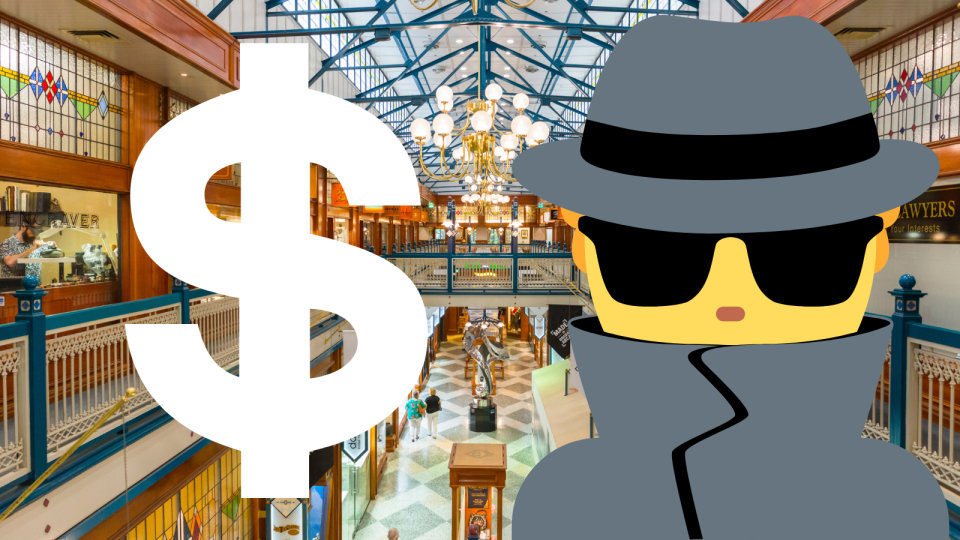‘Brazen’ new way thieves are robbing Aussie stores

Shop-lifting cost the Australian retail sector $3.37 billion in the last 12 months, as thieves find new ways to receive a five-finger discount.
A study of 9,000 Australian stores found customer theft now makes up more than 50 per cent of revenue lost from stores through crime, with thieves targeting telecommunications stores and supermarket products like meat, face creams and baby milk formula.
Related story: Coles installs massive cameras to stop self-checkout thefts
Related story: REVEALED: Woolworths deploys huge cameras to stop self-checkout thieves
Related story: These four Aussie retailers are the biggest victims of theft
Thieves have also become more bold, the report says, blaming a weak response to retail theft from Australian law enforcement.
“Thieves now tell me that it’s easy to get away with petty theft. Reward greatly outweighs the risk. There are multiple factors that could be contributing to this, including the introduction of self-service checkout, and changes in criminal behaviour,” lead researcher and Reader in Criminology at City, University of London Dr Emmeline Taylor, said.
“Thieves are becoming more brazen. We have seen this in the recent “steaming” technique used by gangs to overpower mobile phone shops in broad daylight, often intimidating staff and pushing customers out of the way to reach the stock.”
These stores suffer the highest average value of theft, with more than $1,000 per theft lost.
Supermarkets suffer the highest frequency of theft, although most pilfered items are worth less than $20.
“Thieves have upped their game and retailers need to adapt to stay ahead. Loss prevention technologies are still the best deterrents for opportunistic shoplifters and when combined with good customer service, will often significantly reduce theft in stores,” vice president of security firm Checkpoint Australia, Mark Gentle said.
Continuing, he said that retailers have “lost confidence” in Australian law enforcement’s response to crime, giving the green light to shoplifters.
“There has been a major focus on cybercrime and cybersecurity in retail. Yet this push towards protecting digital assets has apparently left a gaping hole for shoplifters to take advantage of gaps in retailer’s security in stores.”
What’s happening to the stolen goods?
While most goods stolen from supermarkets are likely consumed or used, there is a “huge” resale market for stolen food and champagne to restaurants, as well as the baby formula market in China.
A Woolworths store made headlines in late June after 10 shoppers were seen accumulating a stockpile of 100 tins of baby formula.
This came after Woolworths implemented a two-tin limit to try to curb the China baby formula resale market.
The baby formula market has come about after China suffered a baby formula health scare which affected 300,000 Chinese babies, leaving six dead.
Local baby formula was found to have had dangerous chemicals in it, fueling the demand for overseas products.What are supermarkets doing to curb theft?
Both Coles and Woolworths installed tablet-sized cameras on top of self-service checkouts earlier this year to combat shop-lifting.
“While the large majority of our customers do the right thing, it’s not fair that a small number of people get away with doing the wrong thing,” a Coles told Yahoo Finance.
Make your money work with Yahoo Finance’s daily newsletter. Sign up here and stay on top of the latest money, property and tech news.

 Yahoo Finance
Yahoo Finance 
